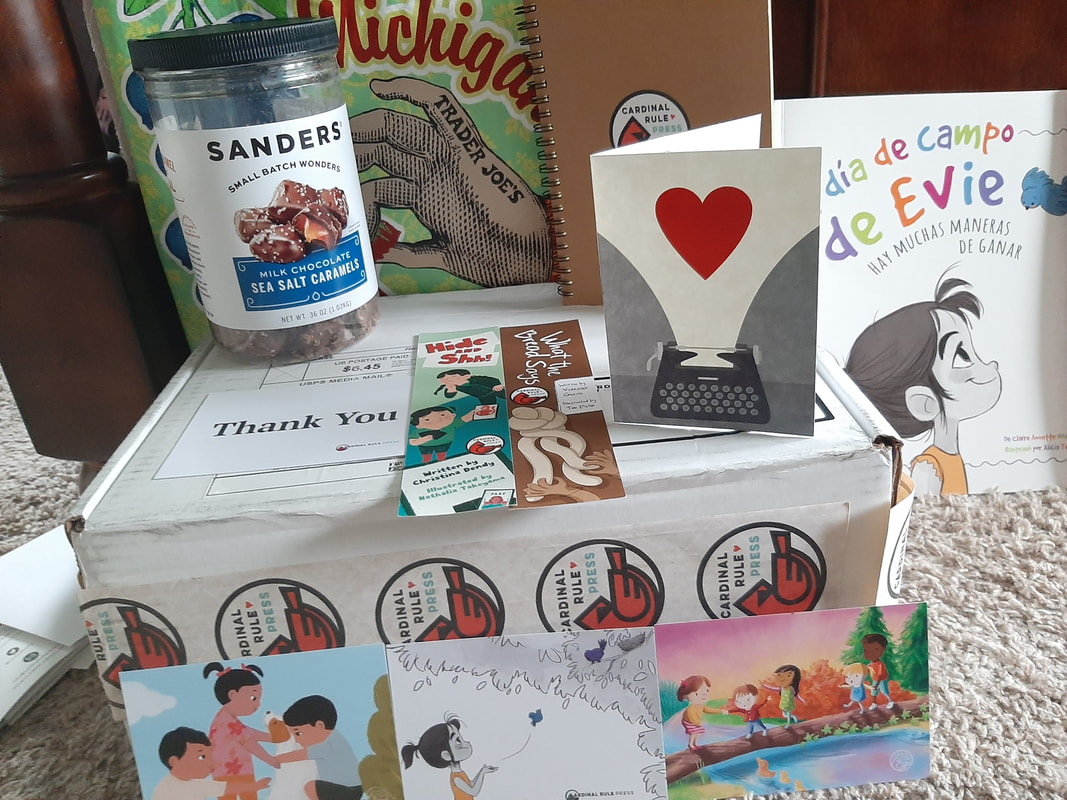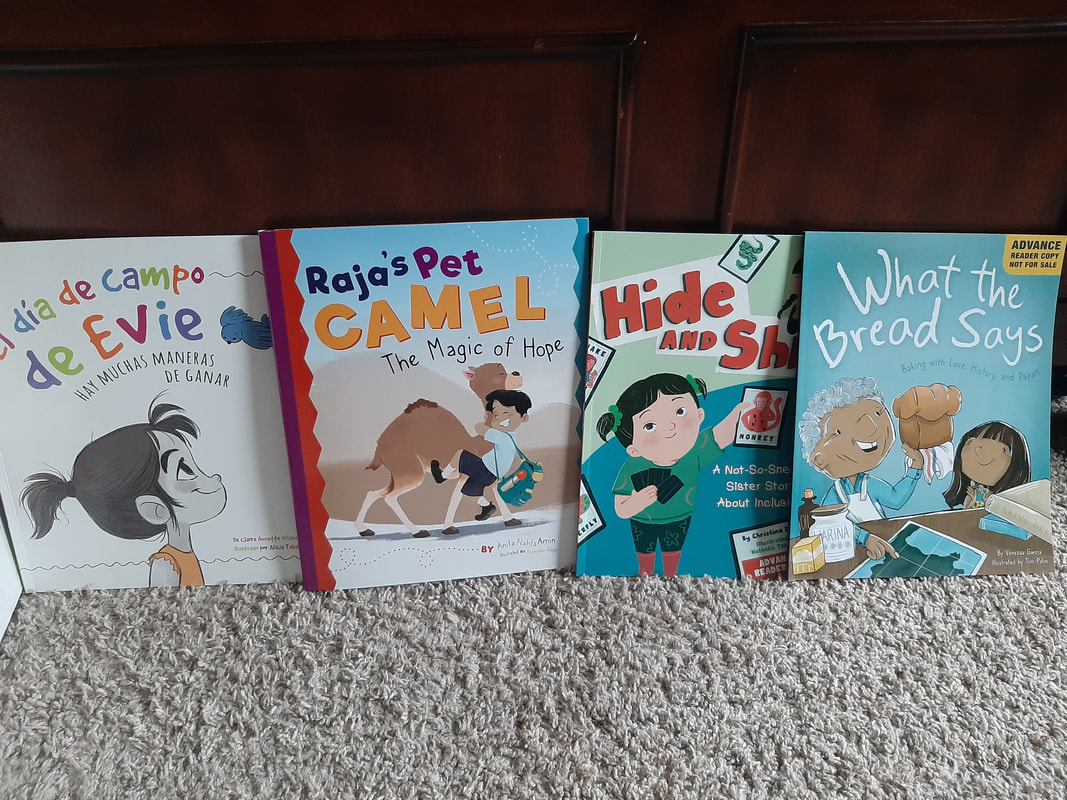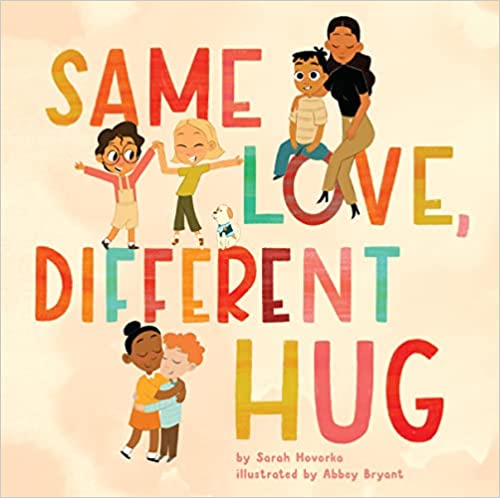|
Now that my fourth picture book, Camouflage Mom, has been announced, I can share with you all the very warm welcome that Cardinal Rule Press extended me. How fun to get a box of goodies at the beginning of the process! They packed a few samples of those caramels local to them in Michigan (I'm in California), but they were so delicious we ordered the big jar! And they included four beautiful Cardinal Rule Press picture books, which my kids devoured immediately. You can find my reviews of the below books (and many others) on my Goodreads account. Thank you, Cardinal Rule Press, for the very warm welcome!
And now on to the mega giveaway event! Author Sylvia Chen has organized a massive giveaway event starting May 15 tagged #PBStudyBuddy. There will be opportunities to engage with kidlit agents and to win prizes for writers and readers of kidlit. Check out all the details on author Lydia Lukidis' blog. Until later!
0 Comments
I'm so excited to announce my fourth picture book! Camouflage Mom is inspired by my childhood experience when my mother went away to boot camp and explores the links that bind us.
The physical story, the actual words on page, the body of the thing was easy to bring to life. One morning a lyrical line popped into my head, then another and another. My agent had recently mentioned that an editor was looking for board books and I had been thinking about my health history, and a story popped out of me. My agent workshopped it with me right away, sent it off to editors, and it quickly received a great offer with HarperCollins.
Writing the story was easy, but the soul of the story, the life experience it’s based on, was hard. In 2017 I was diagnosed with Crohn’s Disease after my colon had burst. I had an ostomy bag, I lost my hair and breastmilk, and I had to use a wheelchair or walker due to muscle atrophy. After twelve long weeks in the hospital, I was released to home health care. I was so glad to be back at home! But among the new health challenges facing me was one I hadn’t anticipated – the big, bold, and often bouncy affection of my three young children. This was a challenge because my body couldn’t take the same types of physical affection as it could before. As I recovered, I could sometimes hug or cuddle, sometimes not. My kids learned to look at me for a bit of direction and give me the opportunity to adjust as needed. Truly, a valuable skill in any situation, not just towards those with disabilities. And that’s at the core of my upcoming picture book Same Love, Different Hug. In it, the main character, who loves hugs of any type, asks himself what others would like. A variety of situations, from the physical to the emotional, influences the kind of affection he gives and includes sharing time, music, dancing, and general thoughtfulness in addition to rough, tough, never- enough hugs or slow, don’t-let-go hugs. With beautiful, soft illustrations by the talented Abbey Bryant and a sensitivity towards modern gender, age, and disability issues, I hope this book born of my heart has something for everyone. Same Love, Different Hug is available for preorder now and will be released June 13, 2023. Check out more about this book on my Books page. |
Proudly powered by Weebly




 RSS Feed
RSS Feed